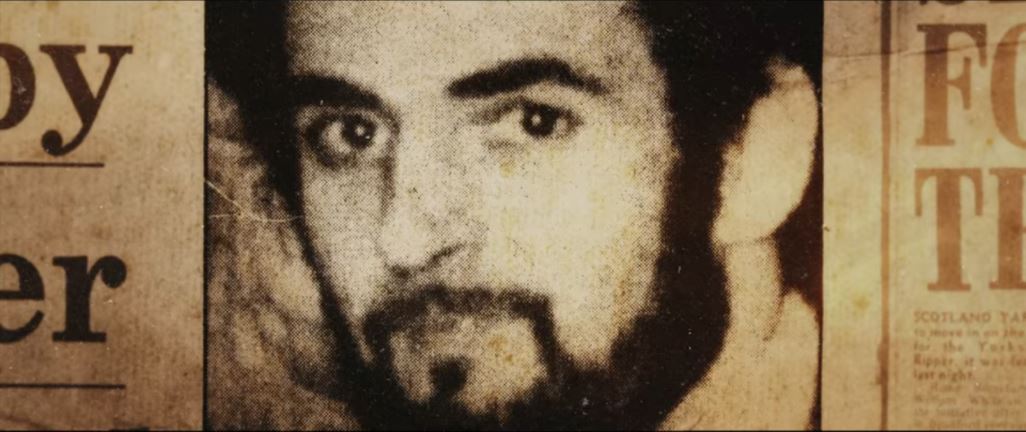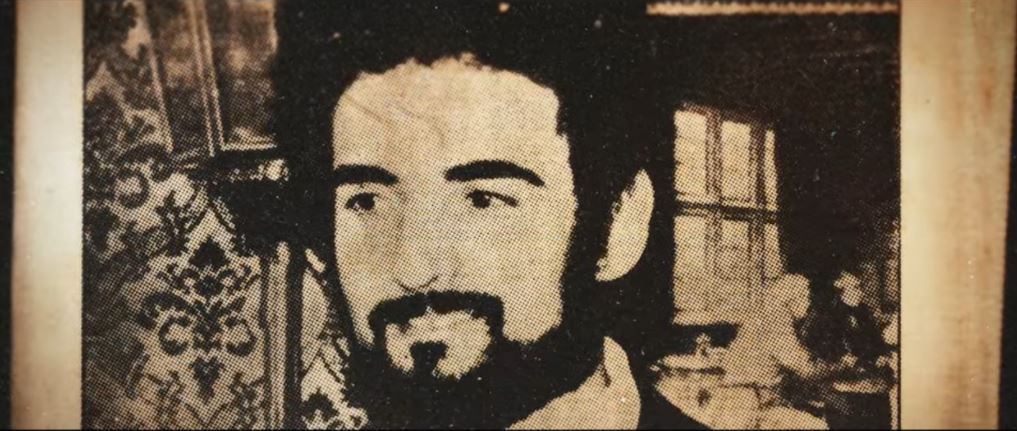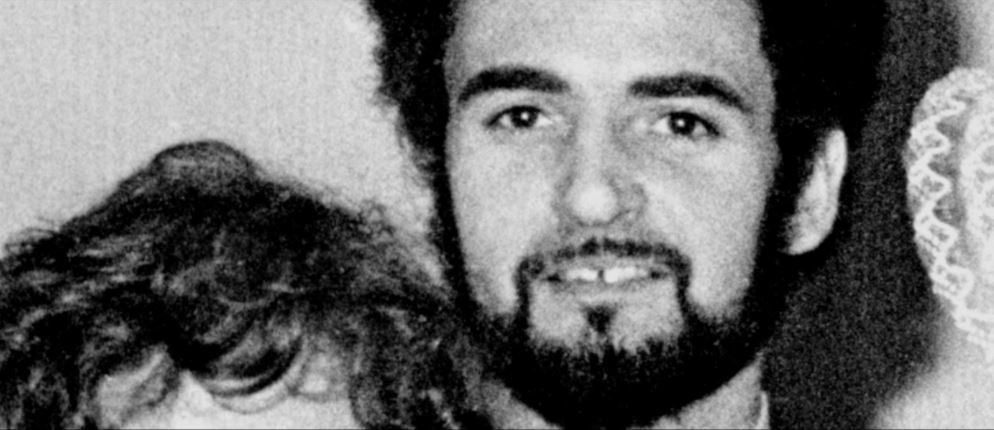Directed by Jesse Vile and Ellena Wood, Netflix’s ‘The Ripper’ is a true-crime documentary series that recounts the murders of 13 women that took place in West Yorkshire and Manchester between 1975 and 1980. These brutal slayings were carried out by the serial killer who came to be known as modern-day Jack, the Ripper, or Yorkshire Ripper. The monikers given to Peter Sutcliffe, some say, glorify his actions and bestows upon him a celebrity status that puts his atrocities on the backpedal, which is an offense in itself. But now, if you’re curious to know more about him and how he died, we’ve got you covered.
Who Was Peter Sutcliffe?
Peter William Sutcliffe was born on June 2, 1946, in Bingley, West Riding of Yorkshire, England, to a working-class family. Filled with reported loneliness and parents whose abusive relationship he could see firsthand, his childhood was not very stable. In fact, it is said that the experience of witnessing his father being physically violent towards his mother later led Peter down the dark path where he perceived anything feminine and beautiful as weak and in need of eradication. Furthermore, his dropping out of school at an early age and taking up various kinds of menial jobs to support himself didn’t help his cause either.

In the 1960s, Peter had two different stints as a graveyard digger, where he apparently developed a rather grim sense of humor as well. And then, according to his own accounts, one day, while he was resting on the job, he heard the voice of “God” coming from a nearby grave, asking him to kill every single prostitute that he comes across. And so, in 1975, after he got a job as a heavy goods vehicle (HGV) driver, getting the opportunity to travel across North England, he began his mission. We should mention, though, that he had previously been fired from Britannia Works of Anderton after being caught stealing tyres.
It was on January 2, 1981, when Peter was 35-years-old and married to his only long-term girlfriend, Sonia Szurma, that he was stopped by the police in Broomhill, Sheffield, with a 24-year-old sex-worker by his side, in the passenger seat of his car. However, it was because he had false number plates on his vehicle that he was arrested and transferred to Dewsbury Police Station, no other reason. And there, Peter confessed to being the Yorkshire Ripper. “The women I killed were filth,” he said, according to public records. “Bastard prostitutes who were littering the streets. I was just cleaning up the place a bit.”
How Did Peter Sutcliffe Die?

Peter Sutcliffe was officially indicted on 13 counts of murder and 7 counts of attempted murder the day after his confession on January 5, 1981. He pleaded guilty, not to the charges of murder, but to manslaughter on the grounds of diminished responsibility. He also pleaded guilty to all seven charges of attempted murder. Thankfully, though, the judge rejected Peter’s plea, and he was made to stand trial, starting on May 5, 1981. He was diagnosed with paranoid schizophrenia by three to four different psychiatrists. But because there was reasonable doubt that Peter fooled them, the jury found him guilty of all the original charges against him.
Peter Sutcliffe was convicted and sentenced to 20 concurrent sentences of life imprisonment, with the possibility of parole after 30 years. The trial judge made a statement in the end as well, saying that he believed Peter to be beyond redemption and that he hoped he would never leave prison. However, just a few years later, in March 1984, Peter managed to convince the authorities that he was, in fact, mentally unstable and was thus transferred to the Broadmoor Hospital in Berkshire. In 2015, Peter was deemed “no longer mentally ill” after an assessment. Therefore, in August of 2016, he was moved to the HM Prison Frankland in Durham.

Peter Sutcliffe died in the early hours of November 13, 2020, at the age of 74, at University Hospital of North Durham after catching coronavirus (COVID-19) and refusing treatment. He already had a number of underlying health problems, including suspected heart disease, but the virus eventually took his life after resulting in complete lung failure. After his death, Peter was secretly cremated, and his ashes were handed over to his brother, who then distributed them to the two people Peter apparently considered to be his close friends. “It was just white powder,” he told The Mirror. “I did not feel anything. He is gone and that is it.”
Read More: Where Is Mo Lea Now?


You must be logged in to post a comment.